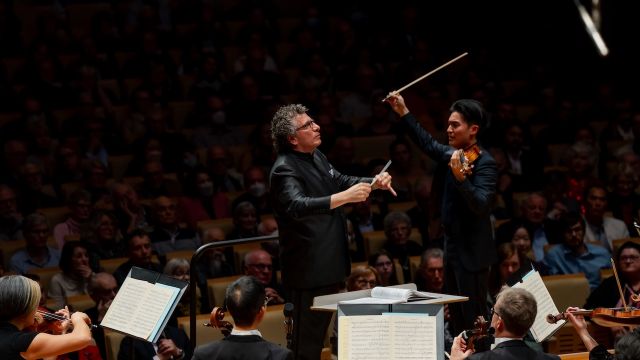Ray Plays Tchaikovsky
The concert hall at QPAC was once again alive with the music of the Queensland Symphony Orchestra, this time accompanying violin virtuoso Ray Chen. The sixth Maestro concert of the year for the Orchestra, Chen took to the stage to play Tchaikovsky’s Concerto in D for Violin and Orchestra.
Ray Chen is a modern-day classical musician. Accepted into the Curtis Institute of Music at age 15, Chen has forged a name for himself in the classic music scene with energy and aplomb. Featured on Forbes’ list of 30 most influential Asians under 30 and working with such orchestras as the London Philharmonic, Los Angeles Philharmonic and San Francisco Symphony, Chen is inspiring a new and younger demographic to appreciate the magic of classical music.
Taking to the stage with his 1715 Stradivarius, Chen enthralled the audience with his performance. His lively playing style complemented the first movement of the Concerto, his bow effortlessly handling the leaping intervals and quick succession of demisemiquavers and light trills. The orchestra complementing his solo without ever competing for attention.
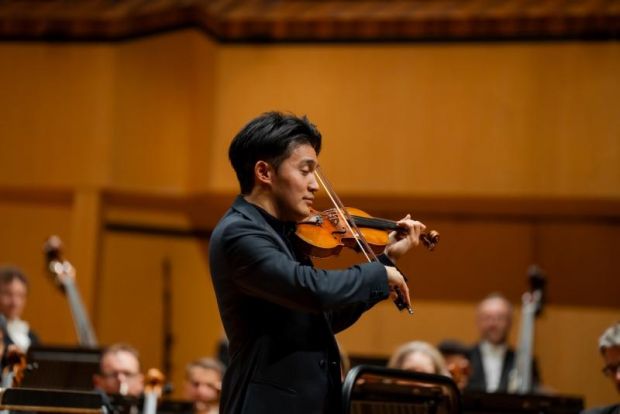
The romanticism of the second movement is highlighted by Chen’s tender playing. His delicate handling of the high notes left the audience holding their breath, the use of dynamics inviting energy and drama to the piece.
Rounding out the third movement, Chen explored the lower notes with an indulgent ritardando, before diving into frolicking semiquavers at alarming speed. A few hairs from his bow casualties of the passionate playing. The orchestra once again highlights and enhances Chen’s solo before the rousing culmination.
The conclusion of the Concerto saw the audience erupt into rapturous applause - some standing, some stomping their feet. It was a long while and many curtain calls before they could be silenced. Chen then graciously spoke to the audience, inviting them to know the person as well as the musician. He then shared his mournful rendition of an Australian classic, ‘Waltzing Matilda’. The audience was still, the orchestra silent. Just a man and his violin playing a love letter to his home country. It was a deeply moving experience and a powerful lead-in to intermission.
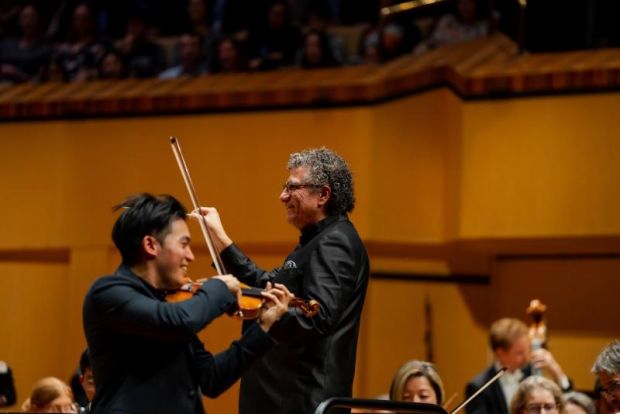
Act Two saw conductor Giancarlo Guerrero take centre stage. The six-time Grammy Award winning conductor started by speaking to the audience to share his interpretation of Shostakovich’s Symphony No.8 in C minor. It was fascinating to hear someone so accomplished dissecting a piece of music and then to hear it played by such an accomplished and polished orchestra.
Shostakovich’s Symphony No. 8 was written in a period of turmoil – World War II. This conflict is incredibly present in the evocative work. So much so that it was banned from performance until after Stalin’s death.
The first movement starts with a military motif, low and ominous, before the strings shriek cries of despair. The overwhelming feeling of danger is evoked with the use of woodwind and a pianissimo ending that is so quiet it is barely audible. Just loud enough to create an unsettling atmosphere.
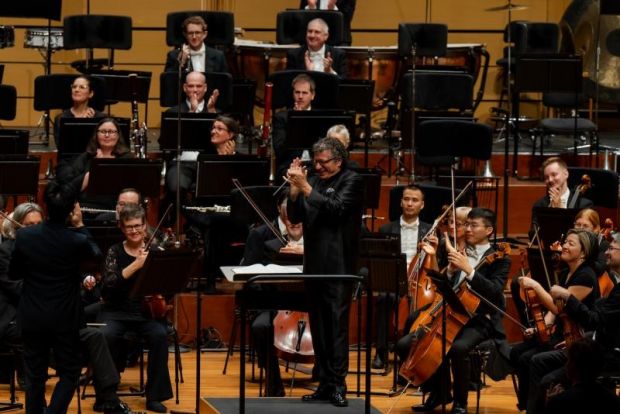
The second movement is dissonant, with the marching military motif returning oppressively before dissipating. Through the silence, a lone piccolo dares to play a tune until the rest of the instruments bravely follow until the fortissimo climax.
In the third movement, the strings once again wail, almost frenzied. Percussion bursts through the cries as the chaos finally gives way to the largo forth movement. A moment of reprieve before the final movement.
The fifth movement is rather optimistic. The major key denotes a brighter future. However, there is still an undercurrent of turmoil before the orchestra crashed towards the climax, the brass taking centre stage. The ending of the Symphony is abrupt, unexpected and leaves the listener confused and undecided.
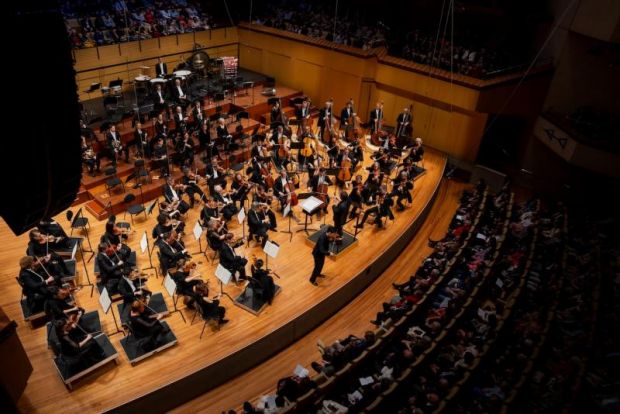
Shostakovich’s Symphony No. 8 is possibly one of the most evocative symphonies in classical music. The composer has used music to evoke a vivid and disturbing picture of war and personified each instrument.
Guerrero conducted the orchestra with gusto. His body and baton mirroring every rise and fall in the music and guiding the orchestra through an intense work with a deft hand. The orchestra shone throughout the symphony. Every member living the notes they were playing. The soloists on the piccolo and cello should be highly commended, as should the percussion players who methodically marched through the madness and punctuated the chaos in a powerful and overwhelming way.
Queensland should be exceedingly proud to have such an expert symphony orchestra. It is always captivating and inspiring to witness their talents on display and this show was no different.
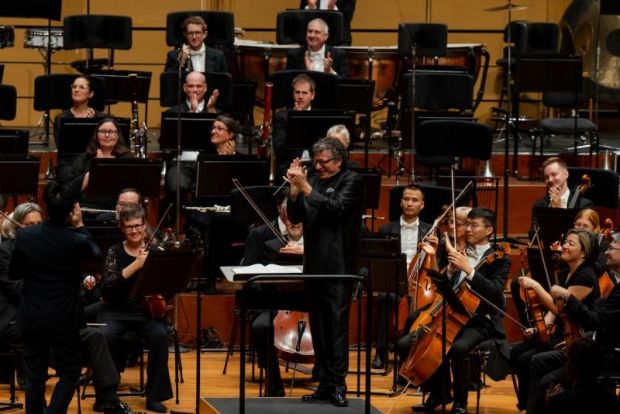
The double bill of the brilliant Ray Chen playing Tchaikovsky and Shostakovich’s Symphony No. 8, conducted by renowned Giancarlo Guerrero made for a dynamic and awe-inspiring evening of classical music.
Yasmin Elahi
Subscribe to our E-Newsletter, buy our latest print edition or find a Performing Arts book at Book Nook.

